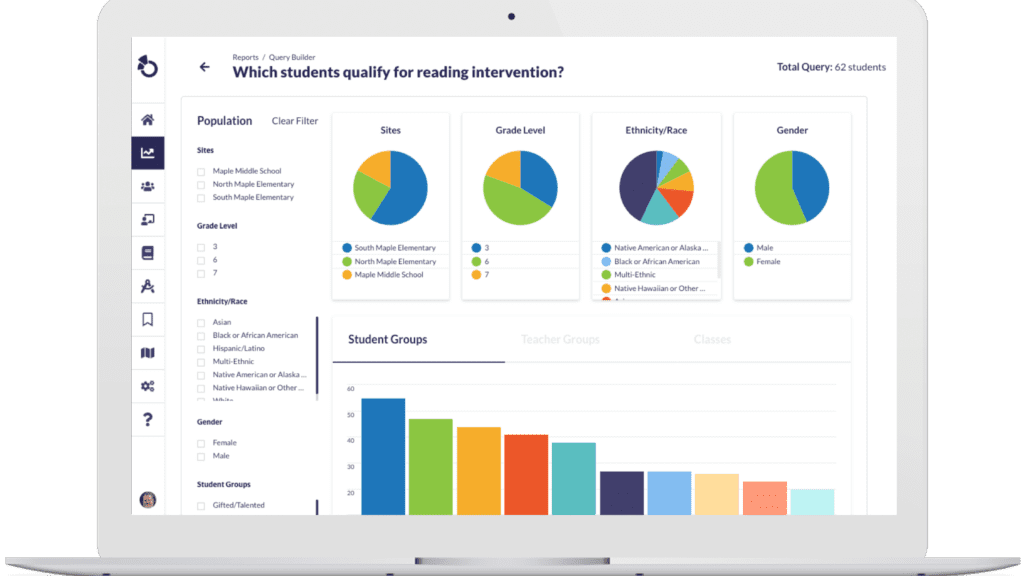Attendance Matters: Addressing Disparities Between Schools in Your District
By: David Specht
Ensuring equity and fairness in education extends well beyond the classroom walls. It includes aspects like student attendance, a crucial indicator of student engagement, well-being, and success. For district administrators overseeing multiple schools, a crucial question to consider is: "Are attendance rates different between my two elementary schools in my district?"
The Significance of Attendance Rates
Regular attendance is paramount for a student's academic success. Every day a student misses school, they lose an opportunity to learn, grow, and interact with their peers. However, different schools within the same district may exhibit varying attendance rates due to a myriad of factors, such as socioeconomic conditions, community support, school culture, or even transportation issues.
Identifying and addressing these disparities are crucial steps in promoting educational equity and ensuring all students have an equal opportunity to succeed.

Analyzing Attendance Data
To discern whether attendance disparities exist, administrators must delve into attendance data across different schools. This includes looking at average daily attendance, chronic absenteeism rates, and patterns of absenteeism (e.g., more absences on certain days or during specific times of the year).
Understanding these trends can help identify possible barriers to attendance and provide insights into targeted solutions, whether they involve community outreach, improving school culture, or addressing logistical issues like transportation.
How Otus Can Help
Here’s where Otus comes into play. Otus helps answer your questions about attendance-related challenges by providing one place to visualize all student data. This ensures that you have clear insights to confidently make decisions for your district.
With Otus, administrators can access real-time attendance data, compare attendance rates between schools, and identify any alarming trends or patterns. By integrating attendance data with other academic and non-academic indicators, Otus provides a holistic view of student engagement. For instance, if chronic absenteeism correlates with lower academic performance, it signals that targeted interventions are needed to boost both attendance and learning outcomes.
If your student data reveals gaps in non-academic or academic performance, you can create personalized learning plans directly in Otus to ensure that the unique needs of every student are met. These plans can be made visible to students and families so all stakeholders can track progress and growth in real-time as it occurs.

Otus Plans can be used to track and monitor interventions that are in place to promote school attendance. In addition to providing a common place to track if each intervention is successful, students and their families can participate in the plan and update goals so that progress outside of the classroom is captured in one place.
Request a demo!
See exactly how Otus can help your school accelerate student growth and improve student outcomes – all while saving educators time.





